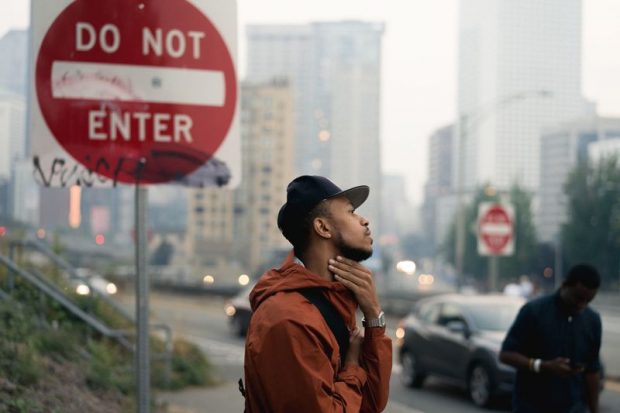About Framing Streets
Table of ContentsTop Guidelines Of Framing StreetsThe smart Trick of Framing Streets That Nobody is DiscussingExamine This Report about Framing StreetsRumored Buzz on Framing StreetsEverything about Framing StreetsFraming Streets - Truths
, normally with the objective of catching pictures at a decisive or emotional moment by cautious framework and timing. http://tupalo.com/en/users/6037642.
The Buzz on Framing Streets
Susan Sontag, 1977 Street digital photography can concentrate on people and their actions in public. In this regard, the road professional photographer resembles social docudrama professional photographers or photojournalists that also operate in public locations, yet with the aim of capturing newsworthy occasions. Any one of these digital photographers' pictures may catch people and residential or commercial property noticeable within or from public areas, which frequently involves browsing moral issues and laws of privacy, safety, and building.
Depictions of everyday public life form a style in practically every period of world art, starting in the pre-historic, Sumerian, Egyptian and early Buddhist art durations. Art managing the life of the street, whether within sights of cityscapes, or as the leading motif, appears in the West in the canon of the Northern Renaissance, Baroque, Rococo, of Romanticism, Realism, Impressionism and Post-Impressionism.
Some Known Details About Framing Streets
Louis Daguerre: "Boulevard du Holy place" (1838 or 1839) In 1838 or 1839 the very first picture of figures in the road was taped by Louis-Jacques-Mand Daguerre in one of a pair of daguerreotype sights drawn from his studio home window of the Boulevard du Holy place in Paris. The second, made at the elevation of the day, shows an uninhabited stretch of street, while the various other was taken at about 8:00 am, and as Beaumont Newhall records, "The Boulevard, so regularly loaded with a moving bunch of pedestrians and carriages was perfectly singular, except a person that was having his boots cleaned.
Consequently his boots and legs were well defined, yet he lacks body or head, because these remained in motion." Charles Ngre, waterseller Charles Ngre. https://allmyfaves.com/framingstreets1?tab=Framing%20Streets was the first photographer to attain the technical refinement needed to register individuals in activity on the road in Paris in 1851. Digital Photographer John Thomson, a Scotsman collaborating with journalist and social protestor Adolphe Smith, published Road Life in London in twelve monthly installments beginning in February 1877
Framing Streets for Beginners
Eugene Atget is considered as a progenitor, not due to the fact that he was the first of his kind, however as an outcome of the popularisation in the late 1920s of his document of Parisian roads by Berenice Abbott, who was inspired to carry out a similar documents of New york city City. [] As the city created, Atget assisted to promote Parisian streets as a worthwhile topic for digital photography.

Excitement About Framing Streets
Between 1946 and 1957 Le Groupe des XV each year exhibited work of this kind. Andre Kertesz. Circus, Budapest, 19 May 1920 Road photography created the major material of 2 events at the Gallery of Modern Art (Mo, MA) in New York curated by Edward Steichen, Five French Professional Photographers: Brassai; Cartier-Bresson, Doisneau, Ronis, Izis in 1951 to 1952, and Post-war European Photography in 1953, which exported the concept of road photography globally.

Some Ideas on Framing Streets You Need To Know
, then an educator of young youngsters, connected with Evans Look At This in 193839.'s 1958 publication,, was significant; raw and commonly out of emphasis, Frank's photos examined mainstream photography of the time, "tested all the official regulations laid down by Henri Cartier-Bresson and Pedestrian Evans" and "flew in the face of the wholesome pictorialism and heartfelt photojournalism of American magazines like LIFE and Time".